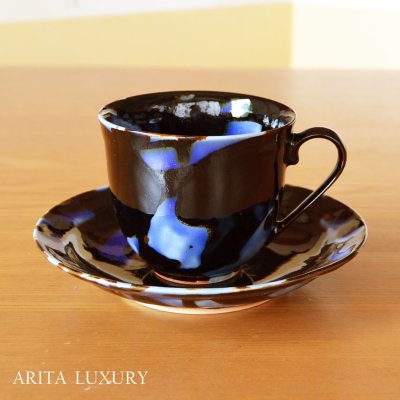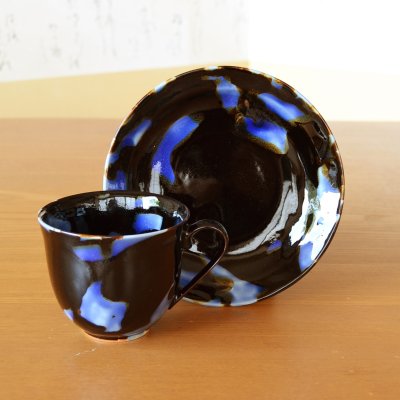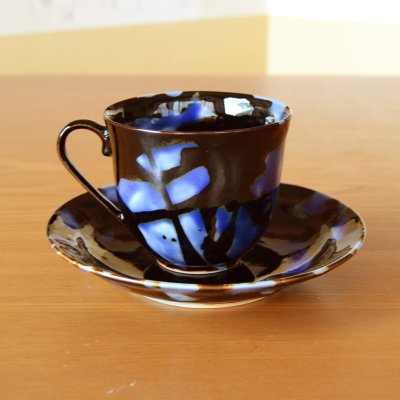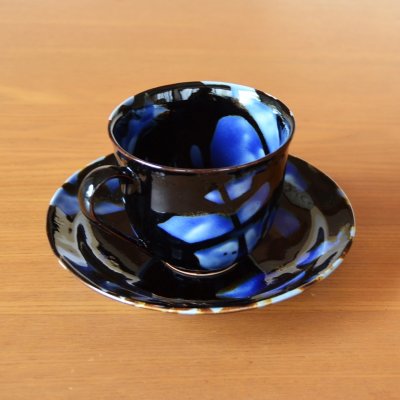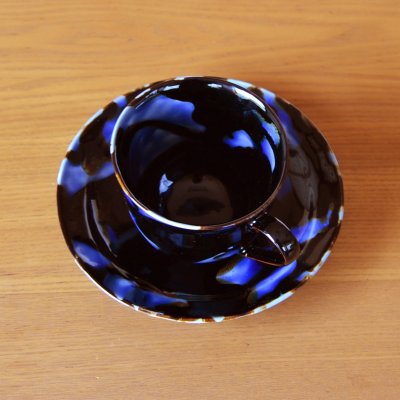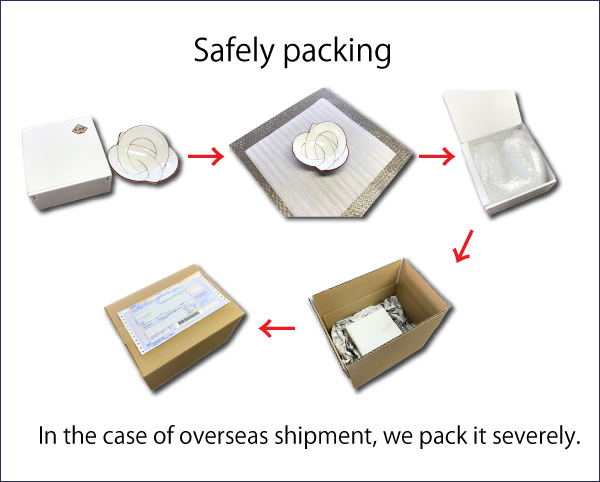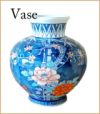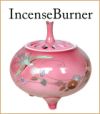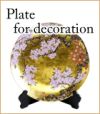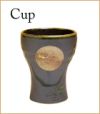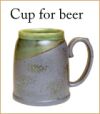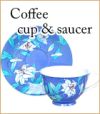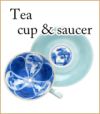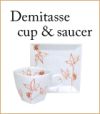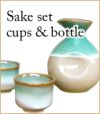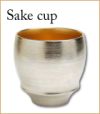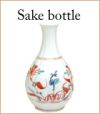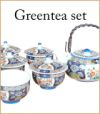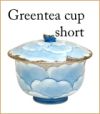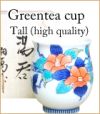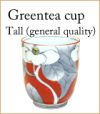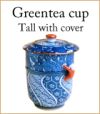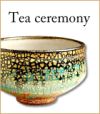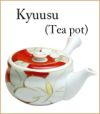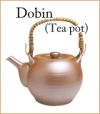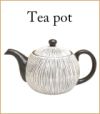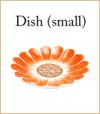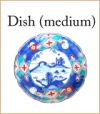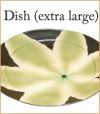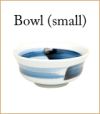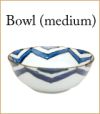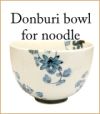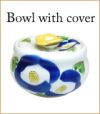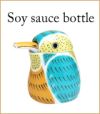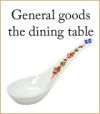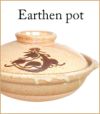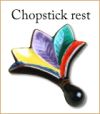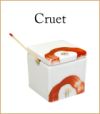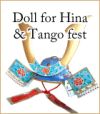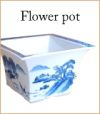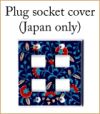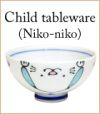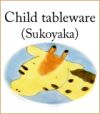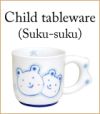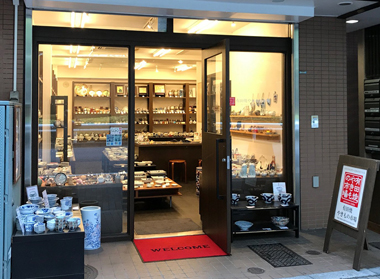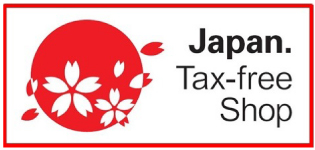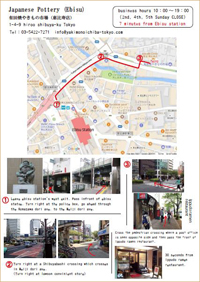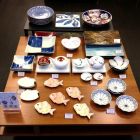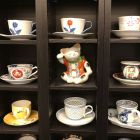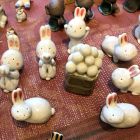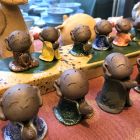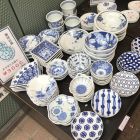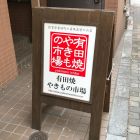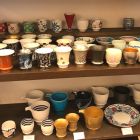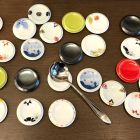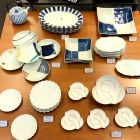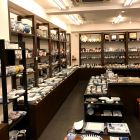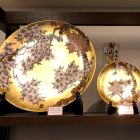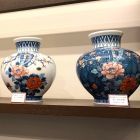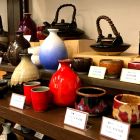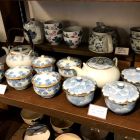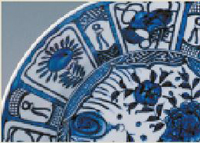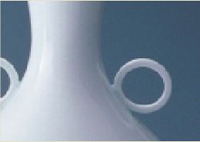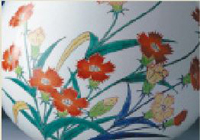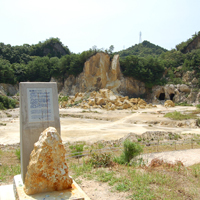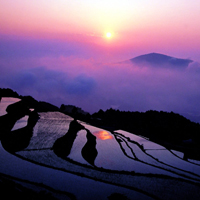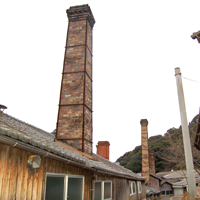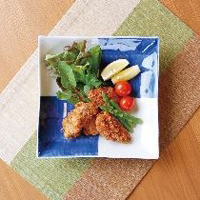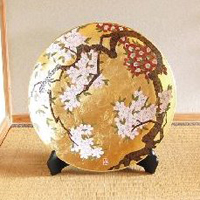Coffee Cup and Saucer Seiin | Kusuo Baba's work in Shinemon Kiln [146194]
Coffee Cup and Saucer Seiin | Kusuo Baba's work in Shinemon Kiln
[146194]
Price: 33,000JPY
Weight: 550g
Low stock
[Cup size]
Length: 10.8cm / Width: 8.5cm / Height: 7.4cm
Length: 4.3in / Width: 3.3in / Height: 2.9in
[Saucer size]
Width: 15.3cm
Width: 6in
-----------------------
This is a work by Kusuo Baba, the second-generation head of Shinemon Kiln, one of the representative kilns of Arita ware.
Titled “Seiin” (“Blue Resonance”), it embodies a universe cradled in the palm?an expression of a serene blue that creates a one-of-a-kind coffee experience.
Shinemon Kiln is renowned as a pioneer in the yohen technique, which requires masterful control of glazes. This piece was personally created by Kusuo Baba himself. Yohen refers to the transformative phenomena inside the kiln, where the colors and patterns of the glaze change unpredictably, revealing nature’s beauty and mystery. The glaze used here, called Seiin, reveals its profound and lucid blue only in miraculous moments, born from the delicate interplay of kiln temperature, humidity, and the movement of flames.
It may remind one of the clear sky before dawn, or of the stillness of the deep sea. Within the absorbing black of tenmoku glaze, lapis-blue tones merge, producing scenery that is never the same twice. This mysterious blue vision is the crystallization of a dialogue between clay, glaze, and fire, elevated by Kusuo Baba?recognized at the Nitten Exhibition?into an art form where chance becomes beauty itself. The name “Seiin” conveys the profound and tranquil resonance of blue, a beauty to be experienced with one’s own eyes.
Created by an artist who draws out the full expression of glazes, this elegant coffee cup and saucer reveal new landscapes each time they are held. Each use becomes a special moment?an opportunity to slowly savor both the coffee and the vessel’s ever-changing expressions.
[Potter Profile]
Kusuo Baba
(The second-generation head of the Shinemon Kiln)
Member of Nitten / Councilor of the Japan Contemporary Arts and Crafts Association / Vice President of the Saga Prefecture Ceramic Association / Director of the Saga Art Association
I create works that inherit the tradition of Arita ware while aligning with contemporary sensibilities. I specialize in the Yohen technique, which skillfully manipulates glazes, adding an element of serendipity to each piece as it reaches completion, thereby expressing a mystical beauty.
[Kusuo Baba's career is as follows ]
Born in 1952
1976: Joined the Saga Prefecture Ceramic Research Institute, where he learned the basics of ceramics and began researching glazes.
1980: Joined Maemon Kiln and began creating pottery, continuing his research on glazes to this day.
1981: Received strong guidance from Ryuzan Aoki, a recipient of the Order of Culture.
1997: Selected for the Nitten exhibition for "Kyoku Ei." Subsequently, he has been selected 20 times.
2004: Exhibited "Haruka wo Nozomu" and "Umibe no Uta" at the Arita Pottery Exhibition in Germany.
2010: Held the "Encountering Colors at Ogurayama" exhibition at Jojakkoji Temple in Kyoto.
2014: Appointed as a judge for the 53rd Contemporary Arts and Crafts Exhibition.
2021: Elected as a councilor of the Japan Contemporary Arts and Crafts Association.
[Main Awards]
1997: Selected for the Nitten exhibition for "Kyoku Ei."
2000: Awarded the Grand Prize and the 50th Anniversary Special Prize at the Saga Prefecture Exhibition for "Haruka na Sazanami."
2003: Received the Ryuzan Aoki Prize at the 100th Anniversary Kyushu Yamaguchi Ceramic Exhibition for "Umibe no Uta."
2005: Received the Contemporary Craft Award at the Contemporary Craft Exhibition for "Reimei-05."
2008: Received the Contemporary Craft Full Member Award at the Contemporary Craft Exhibition for "Kyoku-08(1)."
2011: Received the Director's Award at the 50th Anniversary Japan Contemporary Arts and Crafts Exhibition for "Sazanami no Uta."
2012: Won the Special Prize at the Nitten exhibition for "Haruka na Mine."
2012: Received the Grand Prize and the Ryuzan Aoki Prize at the Contemporary Crafts Kyushu Exhibition for "Sankei."
Length: 10.8cm / Width: 8.5cm / Height: 7.4cm
Length: 4.3in / Width: 3.3in / Height: 2.9in
[Saucer size]
Width: 15.3cm
Width: 6in
-----------------------
This is a work by Kusuo Baba, the second-generation head of Shinemon Kiln, one of the representative kilns of Arita ware.
Titled “Seiin” (“Blue Resonance”), it embodies a universe cradled in the palm?an expression of a serene blue that creates a one-of-a-kind coffee experience.
Shinemon Kiln is renowned as a pioneer in the yohen technique, which requires masterful control of glazes. This piece was personally created by Kusuo Baba himself. Yohen refers to the transformative phenomena inside the kiln, where the colors and patterns of the glaze change unpredictably, revealing nature’s beauty and mystery. The glaze used here, called Seiin, reveals its profound and lucid blue only in miraculous moments, born from the delicate interplay of kiln temperature, humidity, and the movement of flames.
It may remind one of the clear sky before dawn, or of the stillness of the deep sea. Within the absorbing black of tenmoku glaze, lapis-blue tones merge, producing scenery that is never the same twice. This mysterious blue vision is the crystallization of a dialogue between clay, glaze, and fire, elevated by Kusuo Baba?recognized at the Nitten Exhibition?into an art form where chance becomes beauty itself. The name “Seiin” conveys the profound and tranquil resonance of blue, a beauty to be experienced with one’s own eyes.
Created by an artist who draws out the full expression of glazes, this elegant coffee cup and saucer reveal new landscapes each time they are held. Each use becomes a special moment?an opportunity to slowly savor both the coffee and the vessel’s ever-changing expressions.
[Potter Profile]
Kusuo Baba
(The second-generation head of the Shinemon Kiln)
Member of Nitten / Councilor of the Japan Contemporary Arts and Crafts Association / Vice President of the Saga Prefecture Ceramic Association / Director of the Saga Art Association
I create works that inherit the tradition of Arita ware while aligning with contemporary sensibilities. I specialize in the Yohen technique, which skillfully manipulates glazes, adding an element of serendipity to each piece as it reaches completion, thereby expressing a mystical beauty.
[Kusuo Baba's career is as follows ]
Born in 1952
1976: Joined the Saga Prefecture Ceramic Research Institute, where he learned the basics of ceramics and began researching glazes.
1980: Joined Maemon Kiln and began creating pottery, continuing his research on glazes to this day.
1981: Received strong guidance from Ryuzan Aoki, a recipient of the Order of Culture.
1997: Selected for the Nitten exhibition for "Kyoku Ei." Subsequently, he has been selected 20 times.
2004: Exhibited "Haruka wo Nozomu" and "Umibe no Uta" at the Arita Pottery Exhibition in Germany.
2010: Held the "Encountering Colors at Ogurayama" exhibition at Jojakkoji Temple in Kyoto.
2014: Appointed as a judge for the 53rd Contemporary Arts and Crafts Exhibition.
2021: Elected as a councilor of the Japan Contemporary Arts and Crafts Association.
[Main Awards]
1997: Selected for the Nitten exhibition for "Kyoku Ei."
2000: Awarded the Grand Prize and the 50th Anniversary Special Prize at the Saga Prefecture Exhibition for "Haruka na Sazanami."
2003: Received the Ryuzan Aoki Prize at the 100th Anniversary Kyushu Yamaguchi Ceramic Exhibition for "Umibe no Uta."
2005: Received the Contemporary Craft Award at the Contemporary Craft Exhibition for "Reimei-05."
2008: Received the Contemporary Craft Full Member Award at the Contemporary Craft Exhibition for "Kyoku-08(1)."
2011: Received the Director's Award at the 50th Anniversary Japan Contemporary Arts and Crafts Exhibition for "Sazanami no Uta."
2012: Won the Special Prize at the Nitten exhibition for "Haruka na Mine."
2012: Received the Grand Prize and the Ryuzan Aoki Prize at the Contemporary Crafts Kyushu Exhibition for "Sankei."
 |
Import duties, taxes, and charges are not included in the item price or shipping cost. When a duty occurs, you are responsible for paying Customs Duties. |
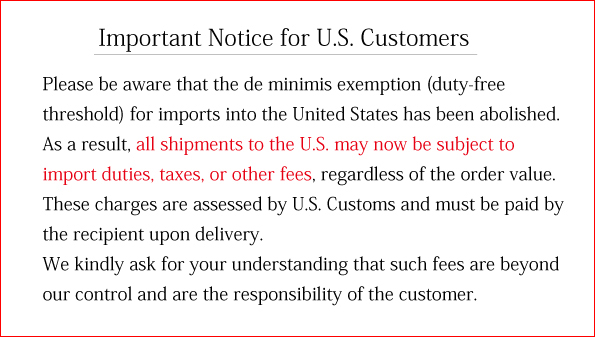 |
 |
Source: www.exchange-rates.org
